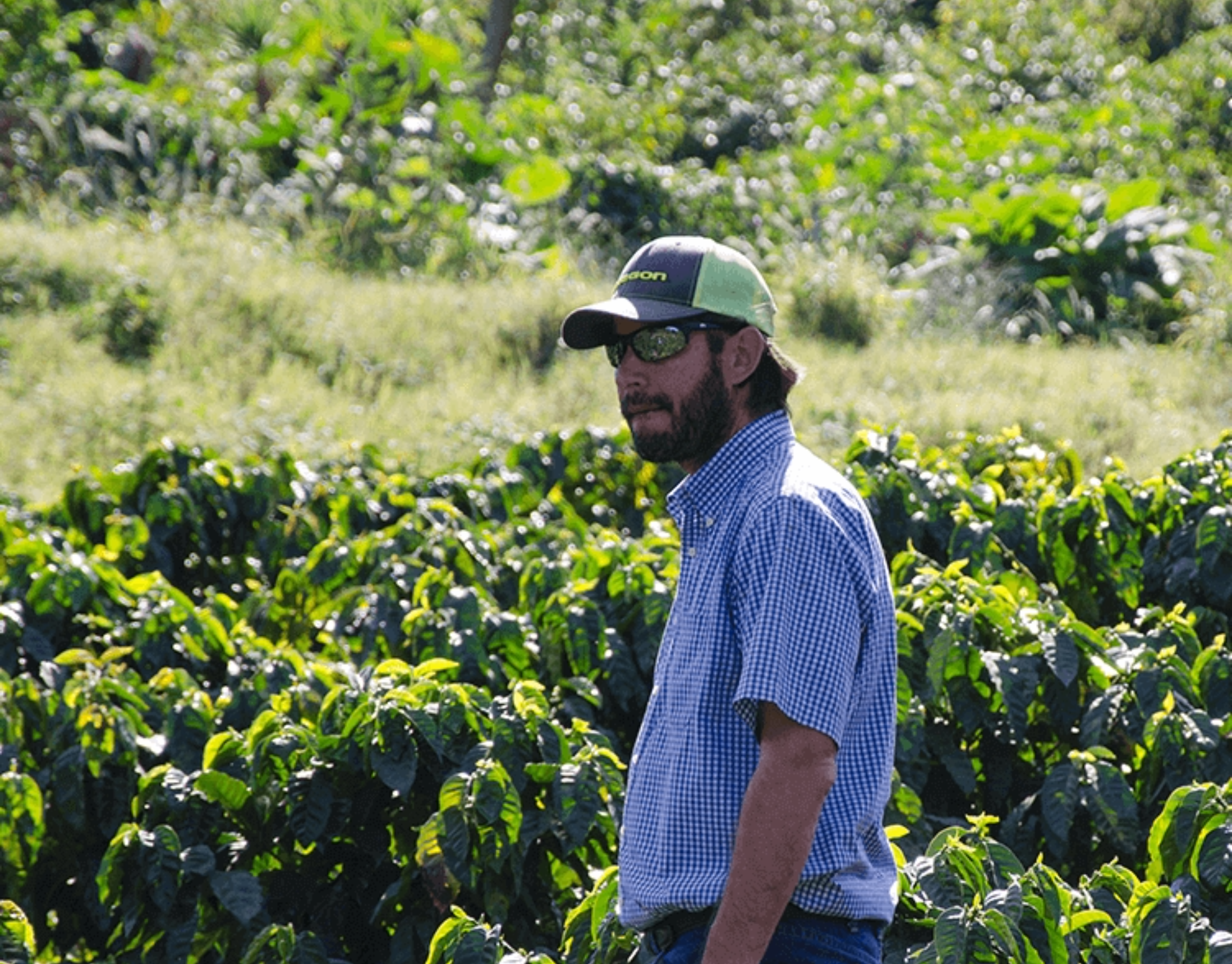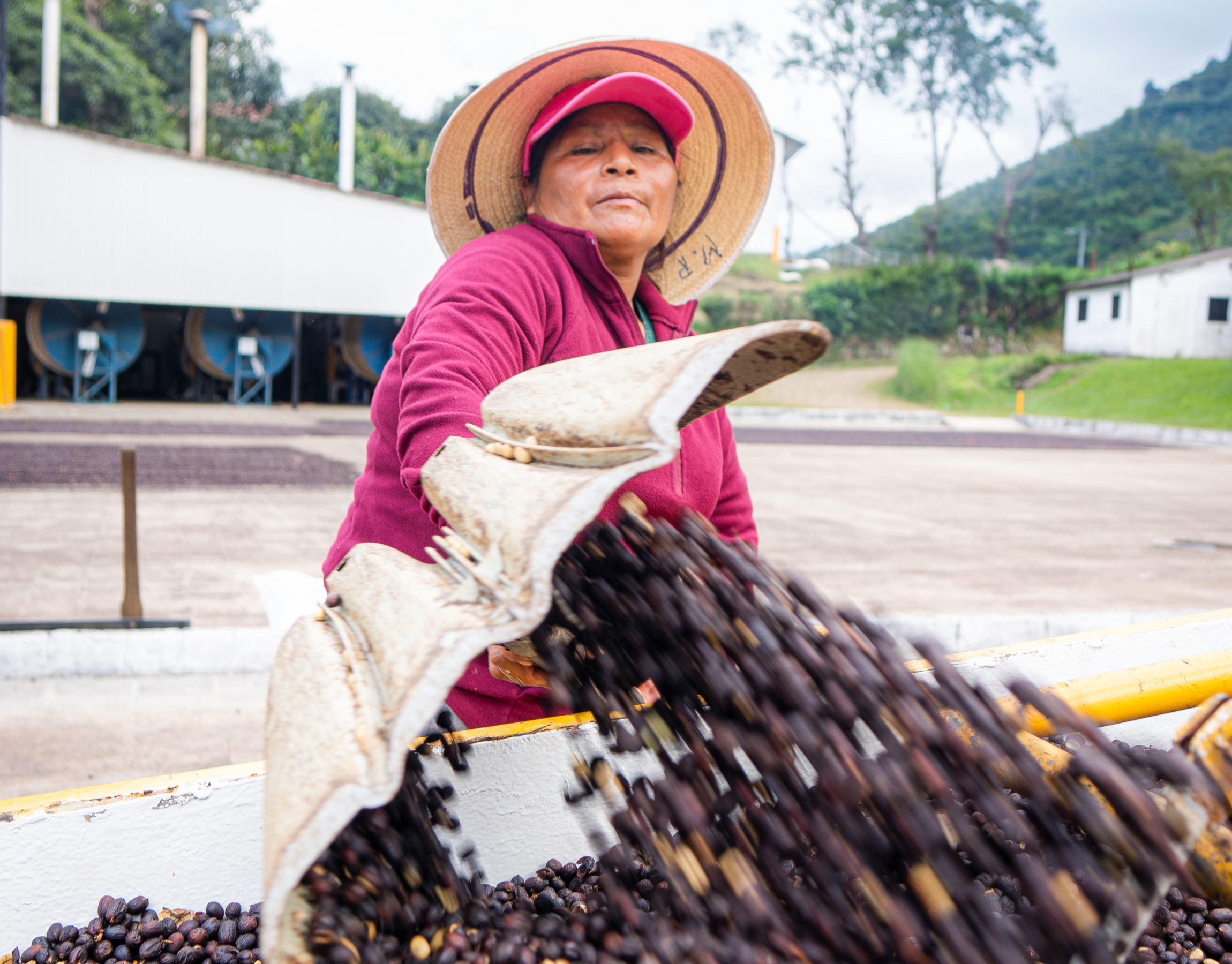El Manzano is one of Emilio’s “flagship" farms. It is the same farm that we chose when we began importing Cuatro M coffees into Europe in 2012. Located 16 km from the city and volcano of Santa Ana, also called Ilamatepec in Nahuatl (an Uto-Aztecan language), El Manzano is the company’s main farm and is where it has set up its mill. El Manzano is situated in a volcanic terroir at an altitude of between 1,300 and 1,550 metres and covers 75 hectares. This farm was founded in 1872 andhas been managed by the same family for six generations. Today, it belongs to Margarita Diaz de Lopez, the great-granddaughter of its founder, Cornelius Lemus. 90% of the farm is planted with Red Bourbon, but additional plots are planted with Pacamara, Yellow Bourbon, Typica and Kenya.
Infos
Die Plantage im Detail
Gesamtzahl der Hektar
70 Höhe
1300-1550 Umfeld
Montainous Schattig
No shade trees but wind barrier
Santa Ana’s department is one of the fundamental pillars of coffee production in El Salvador. It represents approximately 33% of national production, making it the country's leading producer, surpassing other coffee – growing departments such as Ahuachapán and Sonsonate. Furthermore, it is home to 21% of all salvadorian coffee producers, reflecting not only a high concentration of farms but also a strong coffee – growing tradition.
Historically, Santa Ana was the economic engine of the western world during the golden age of coffee (late 19th and early 20th centuries), driving the development of infrastructure, commerce, and employment. The city grew thanks to the coffee boom, becoming a national benchmark for its economic dynamism.
Nowadays, Santa Ana continues to stand out for its specialty coffee potential and organizational capacity. Its importance is not only economic but also cultural and social, making it a key region for the revitalization of salvadorian coffee growing.
The Apaneca – Ilamatepec mountain range, located in western El Salvador, is one of the most important coffee-growing regions in the country. It accounts for approximately 60% of the country's coffee production, thanks to its fertile, volcanic soils and favorable climate for the development and production of specialty coffee. This region is home to approximately 78,000 hectares of coffee plantations, distributed across the departments of Ahuachapán, Sonsonate, and Santa Ana. Economically, this mountain range generates thousands of direct and indirect jobs, from nursery planting to the wet & dry processing to the final bean preparation.
The Apaneca – Ilamatepec mountain range is also home to a rich biodiversity, with cloud forests that protect endemic species of flora and fauna, in addition to recharging aquifers and mitigating climate change, serving as an important green lung and ecological corridor in the region.

TreffenEmilio Lopez
Die Kaffees dieser Plantage








